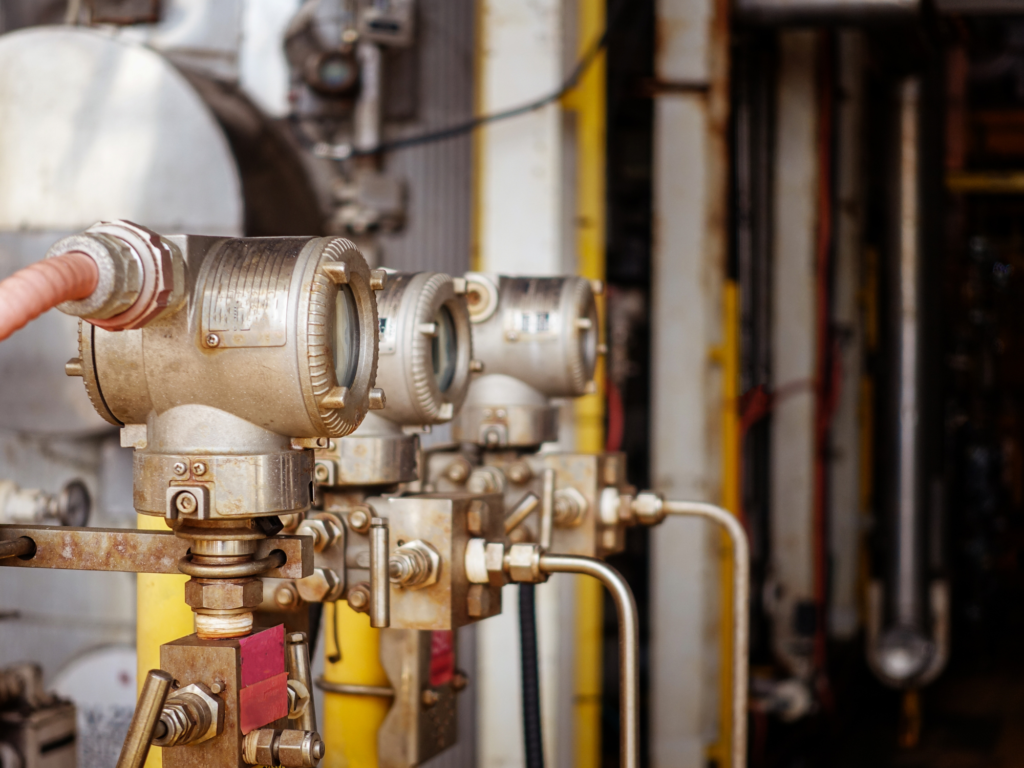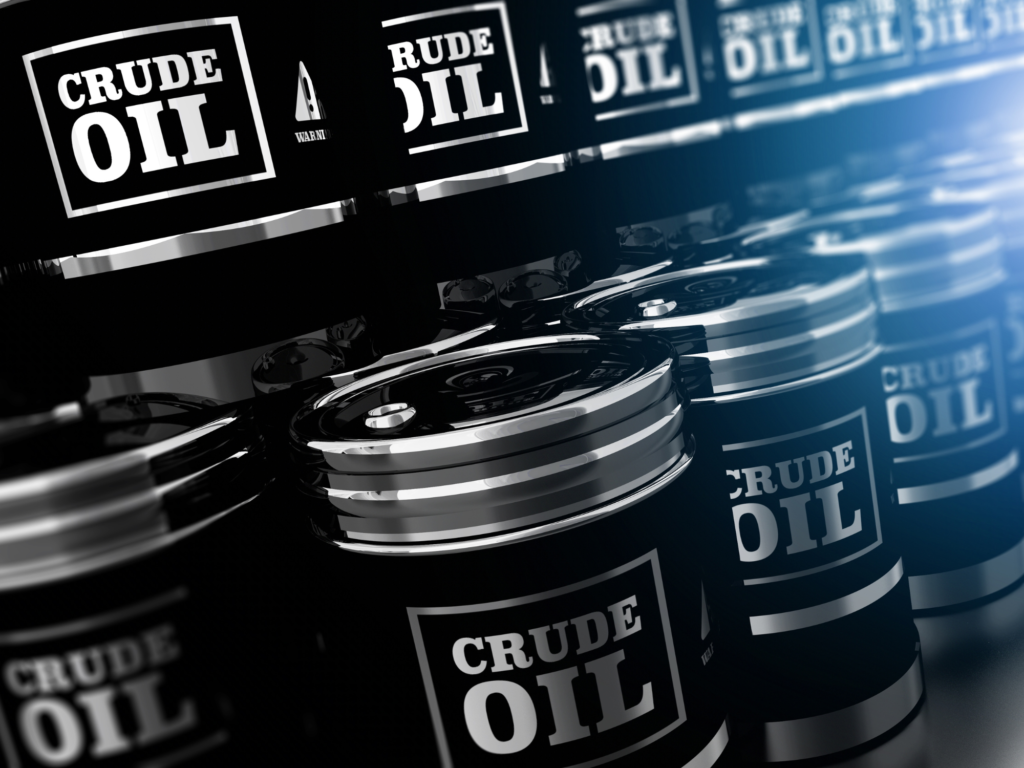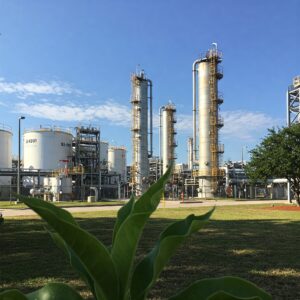Crude oil is a significant component of the world’s energy market, and understanding its measurements is crucial for producers and consumers. One of the most common questions is, “How many gallons are in a crude oil barrel?” The answer is 42 gallons, but the reasoning behind the measurement is more than a number. This article will examine why the 42-gallon barrel became the standard, its history, and how it’s utilized in today’s oil trade—particularly in states like Texas, Louisiana, and Florida, where oil production and shipping are significant to the global market.
The Standard Crude Oil Barrel Measurement: 42 Gallons
The standard crude oil barrel contains 42 gallons, a measurement that is used around the world. This is not a random number but a historical decision that has shaped the energy industry. The decision to utilize 42 gallons came from the late 1800s and remains significant today. But how did this measurement become the standard, and why has it remained so as the global standard?
The History Behind the 42-Gallon Barrel
The history of the 42-gallon barrel began in the early days of the oil industry. In the late 19th century, oil was primarily produced in Pennsylvania, and oil barrels were initially measured by the number of gallons they contained. The 42-gallon barrel size was selected for practical reasons:
- The Standardization of Barrels: As the oil industry expanded, it became apparent that a standard barrel size was necessary for improved transportation and trade.
- Practical Considerations: The 42-gallon barrel was easier to handle and transport than other container sizes. It was an optimal size for capacity without sacrificing handling, and it was perfect for the initial refining process.
Global Standardization and Its Importance
The 42-gallon barrel quickly became an international standard for measuring crude oil, especially as the petroleum industry spread beyond the United States. Standardization guaranteed trading, shipping, and refining the oil uniformly across international markets. The barrel became synonymous with the oil industry for guaranteeing uniform prices and inventory control.
How Is Crude Oil Measured?
Crude oil is measured in a number of ways, and the measurement depends on the location and the needs of the trade or shipment. The most commonly used units of measurement are:
- Barrels: It is the industry standard. One barrel is equal to 42 U.S. gallons.
- Metric Tons: More commonly used in international markets, one metric ton is approximately equal to 7.33 barrels of crude oil.
- Liters: In certain parts of the world, crude oil is measured in liters, especially for small amounts.
Crude oil is also measured at multiple points along the path from drilling to refinery, and measuring points are located in pipelines, tankers, and storage tanks. Pipelines, such as between Texas and Gulf Coast ports, measure the oil while it passes through the system. Tankers measure the on-board oil load prior to departing from port, and refineries measure crude on arrival to assess how much is being processed.

Crude Oil vs. Refined Products: Comparing Volumes
Crude oil and refined products are not measured in the same way, and volumes may be dramatically different in refining. One of the most notable differences between crude oil and refined products such as gasoline and diesel is that:
- Crude Oil Volume: One barrel of crude oil holds 42 gallons of raw oil, which is used as raw material to make multiple products.
- Refined Product Volumes: Refining breaks the crude oil into many different products. For instance, a barrel of crude will yield approximately 19 to 20 gallons of gasoline, and the remaining amount is used to create other products such as diesel, jet fuel, and heating oil.
Refining crude oil into refined products is a multifaceted chemical process that results in a varying final volume depending on the type of refining. That means that when oil is refined into gasoline or diesel, the volume is lower than initially contained in the barrel, but value and functionality increase.

Why Proper Oil Measurements are Important
Accuracy in the measurement of crude oil is essential for a number of reasons, especially in the realm of trade, price, and logistics. Here’s why:
- Trade Consistency: Standard measurement ensures that sellers and buyers can understand each other, which is crucial in global trade. Failing to understand measurements can lead to financial issues.
- Logistics: Proper measurement facilitates the transport, storage, and delivery of goods efficiently. In Gulf ports along the Gulf Coast, where most U.S. crude oil exports are transported, precise measurements ensure that the oil reaches the destination without miscommunication or error.
- Pricing Accuracy: The quality and quantity of crude oil determine prices. Incorrect measurements will lead to price confusion, disrupting the market as well as being a legal headache.
In oil-producing states like Texas, Louisiana, and Florida, where oil is a very significant contributor to the economy, maintaining accurate measurements is essential in establishing trust within the energy market and ensuring things go smoothly.
Your Partner for Crude Oil Logistics and Risk Management in Texas, Louisiana, and Florida
The 42-gallon barrel has been used as the industry standard for crude oil measurement for over a century, demonstrating how crucial it is to the energy industry and world trade. It makes shipping, trading, and refining easier and more convenient, particularly in the significant oil-producing regions of Texas, Louisiana, and Florida. Understanding how to measure crude oil is essential to anyone in the business, from production to sale.
If you need to better your oil logistics or require assistance with risk management in fluctuating energy markets, our team can help. Please contact us using our form to discuss how we can assist with your work within the Gulf Coast region and other areas. Allow us to ease the challenges of the energy sector with confidence!






